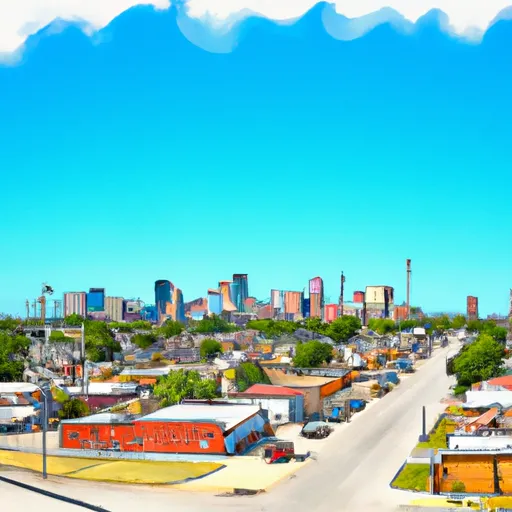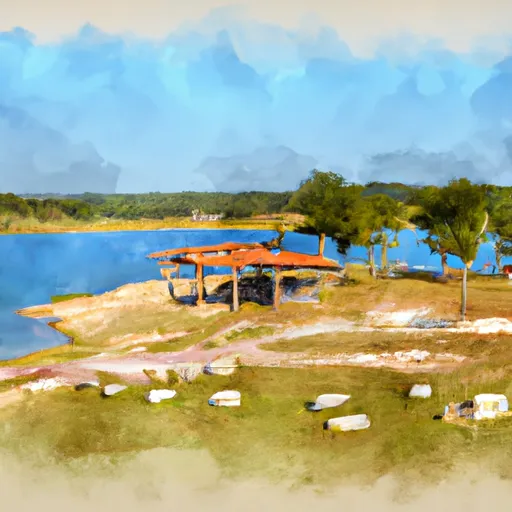°F
°F
mph
Windspeed
%
Humidity











North Zulch is a small rural community located in Madison County, Texas. The climate in North Zulch is characterized by hot summers and mild winters. Summers are typically hot with temperatures averaging in the high 90s °F (high 30s °C), while winters are cool with temperatures ranging from the 40s °F (single digits to teens °C). Precipitation is fairly evenly distributed throughout the year, with occasional heavy thunderstorms during the summer months.
As for hydrology constituents, North Zulch is situated near the Navasota River, which provides a water source for the community and offers opportunities for fishing and boating. The area also has several small creeks and tributaries that contribute to the hydrological system.
Outdoor recreation enthusiasts will find various opportunities in North Zulch. The surrounding countryside offers opportunities for hiking, wildlife viewing, and bird watching. Fishing enthusiasts can enjoy casting a line in the nearby river or one of the local ponds. Overall, North Zulch provides a peaceful and picturesque setting for outdoor activities.
Weather Forecast
North-Zulch receives approximately 1085mm of rain per year, with humidity levels near 84% and air temperatures averaging around 20°C. North-Zulch has a plant hardyness factor of 8, meaning plants and agriculture in this region tend to thrive here all year round.
Regional Streamflow Levels
0
Cubic Feet Per Second
1
Cubic Feet Per Second
21
Cubic Feet Per Second
14
Cubic Feet Per Second
Nearby Camping
| Camping Area | Reservations | Toilets | Showers |
|---|---|---|---|
| Lake Tawakoni State Park | |||
| Public Use Area 5 - Thornton | |||
| Purtis Creek State Park | |||
| Navasota RV Park | |||
| Fairfield Lake State Park | |||
| Gibbons Creek Reservoir |



